The published books sit on the bookshelf. There are a few sales. They need to be marketed, some people are so good at this aspect of the writing process while others are not. I fall into the latter category, unfortunately. In my mind writing is not about money and selling but about words strung together. Words to reach others, to make them smile, laugh or even cry. Words to share thoughts, emotions, opinions and knowledge.

There are two books sitting on the hard drive waiting for the magic of publishing. They form the Circle series. The first, Full Circle deals with a young man, a shepherd who discovers a bone in a cave while searching for his lost lamb. It turns out the bone is from a long lost branch of ancient humans about 34,000 years ago. The cave is real, the ancient humans are real. They were discovered in a cave in southwest Siberia in 2010. The cave has been occupied by humans almost continuously for millennia. The most recent occupant was a hermit called Dennis. This new branch of humanity is named after him they are the Denisovans.
Evidence relating to the book First Circle
A quote from an archaeologist from the cave said. “The collection of personal adornments and artefacts suggestive of symbolic behaviour from the Early Upper Paleolithic deposits of Denisova Cave, Altai, is one of the earliest and the most representative of the Upper Paleolithic assemblages from Northern and Central Asia. Especially important is a fragment
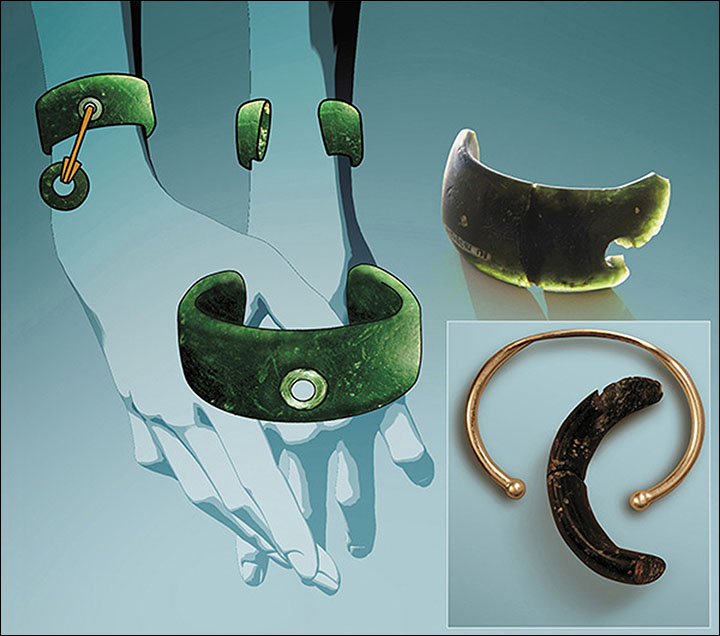
of a bracelet of dark-green chloritolite, found near the entrance to the eastern gallery of the cave in the upper part of stratum 11. The estimated age of the associated deposits is ca 30 thousand years. According to use-wear and technological analysis, techniques applied for manufacturing the specimen included grinding on various abrasives, polishing with skin, and technologies that are unique for the Paleolithic – high-speed drilling and rasping. The high technological level evidences developed manual skills and advanced practices of the Upper Paleolithic cave dwellers.”
Even more exciting is the results of further testing date this to more than 60,000 years ago. The story in the book won’t change though.
The rest of the story is fiction. The young man Ivan trains as both a shaman and an archaeologist. He finds out about the ancient people through shamanic travelling and then goes on to excavate in the 21st century.
Full Circle
This is no longer in the pipeline it is on the published pathway and will be launched on 21 March 2023.
The second book, Arctic Circle features the same modern shaman/archaeologist Ivan but this time he follows the Denisovans as they travel eastwards across the Bearing land bridge and escape into the Yukon when the sea inundates the area. This action is about 23,000 years ago.
Arctic Circle neatly fits into the work done by eminent archaeologists. Below is an article showing how the story grew.
Bluefish Caves in Yukon Reveals Human Presence 10,000 Years Earlier Than Thought
By Leonora Chapman |
amlat@rcinet.ca
Posted on Saturday, January 21, 2017 at 03:22
FacebookTwitterE-mailPrint
Canadian researchers found that humans may have first arrived in North America 10,000 years earlier than previously thought according to an analysis of ancient animal bones found in the northern Yukon, Canada.
Researchers from the University of Montreal ‘s Department of Anthropology (UDEM) analyzed animal bones that had marks from stone tools used by humans.I listened
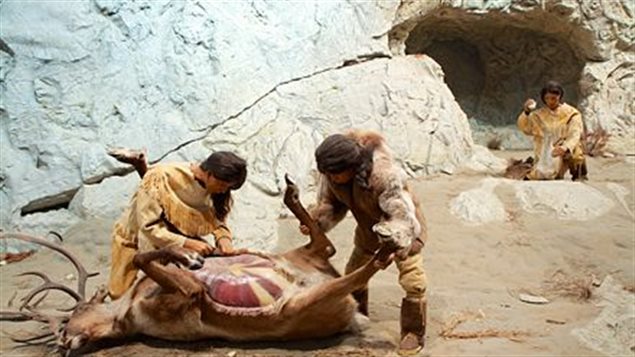
Years of deeply held theories about the human settlement of North America could be forever altered by this data from the Bluefish Caves in Yukon
Study supports the theory of the “Beringian standstill Hypothesis”
This theory holds that a group of Central Asian humans became isolated in Beringia during the last ice age, 24,000 years ago, and suggests that some population groups survived the harsh conditions of the Last Glacial Maximum in isolation in relatively friendly Beringia, a continent now almost entirely under water, which then extended from Siberia to the Mackenzie River in Canada.
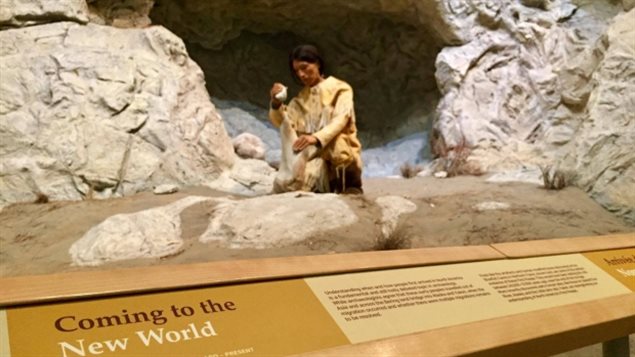
Burke says that his isolation made his DNA unique, and that type of DNA can be traced in humans today.
Archaeological evidence of their presence has been elusive, but the bare bones from Bluefish Caves could provide that missing connection.
Burke says pollen was also discovered in the caves, dating back 24,000 years.
RCI/CBC/ University of Montreal
Here is a taste of the book:
A shadow fell over man and lamb. The hawk swooped down, talons at the ready. Ivan leapt up, waving his arms and yelling, “Go away.”
The little lamb who had been frolicking about Ivan’s feet moments before experienced a double dose of terror. Human yelling and the shadow of death. It ran helter-skelter towards the undergrowth of the boundary. Bleating frantically, it pushed through the barrier and tumbled down the slope. Instinctively running for its life, it headed for shelter and found it. It was bleating for its human carer, where no hawk could reach. The question was could Ivan find it?
The lamb’s bleats sounded closer. He knew it had to be nearby, yet he could not see it. A thorn jabbed his finger, a minor injury now magnified by adrenaline. He had to find this lamb. He slashed at the hanging mass of greenery. Without warning, it gave way. He fell onto a soft dusty surface of what he presumed to be a cave. He heard the bleat clearly now. The hole in the green curtain let in a thin shaft of light. He peered into the interior but could not make out the end. Sniffing the air reassured him somewhat. The rank odour of a predator home was absent, but where was the lamb? Ivan wondered if there was a hibernating bear in the dark interior? Would the bleating wake it? Ivan fumbled in his pockets until he located a box of matches. The momentary flare of the match failed to show where the lamb had wandered. As a comfort more than anything else, he muttered. “Lambkin, show me where you are. This must be a huge cave. I can hear you but not see you.” On cue, the lamb bleated again. Ivan moved slowly towards the sound, and then he sneezed. His footsteps were causing dust to float. As he reached to pick up the lamb, his fingers brushed against something hard. Still holding the lamb, he lit another match to see what they had disturbed. The light soon blinked out but not before he saw it was a bone lying on the ground.
There now what was that all about? I’ll give more glimpses before the book First Circle is published.
This book has languished on the back burner for too long. After numerous edits, it is now with some highly qualified beta readers. If they approve the work I will edit their observations and then it is all set to go forward to publishing. So it should move onto the bookshelves at the latest by Easter.
Following closely behind will be Arctic Circle which also has had many edits. Making it ready to go towards the publishing process. Hopefully, it will come out by the summer.
And another book took form during the writing challenge in November 2021. It is called Holy Handmaiden it is about Enheduanna, the first published author in history. She was the daughter of King Sargon in Mesopotamia about 4000 years ago.
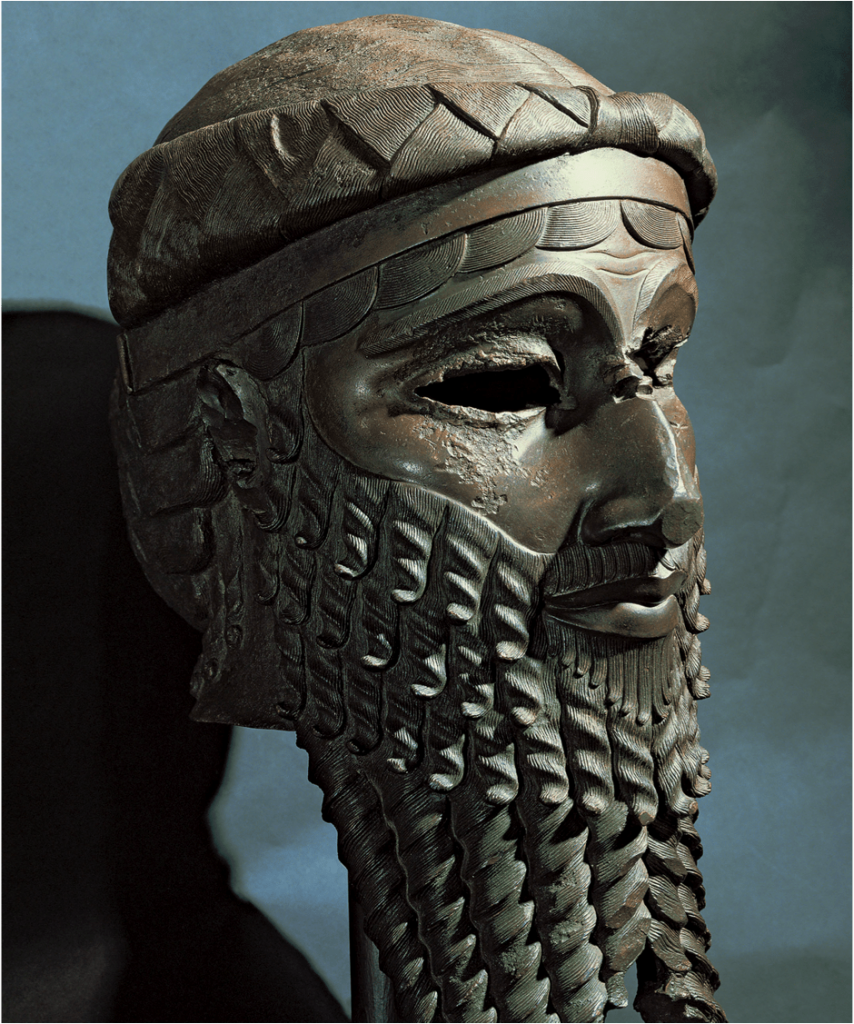
Three narrative poems have been attributed to her as well as forty-three hymns. Each addressed to a different temple in Mesopotamia and the god they worship at each site.
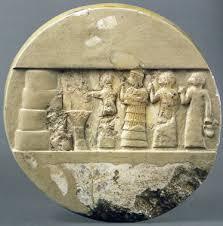
The figure with the flounced skirt is the High Priestess Enheduanna.
She was highly influential and her works were copied by scribes and sung for thousands of years.
She was know as Princess, Priestess and Poet
You will haveto wait aa bit longer for the book to discover the twist to the tale.
